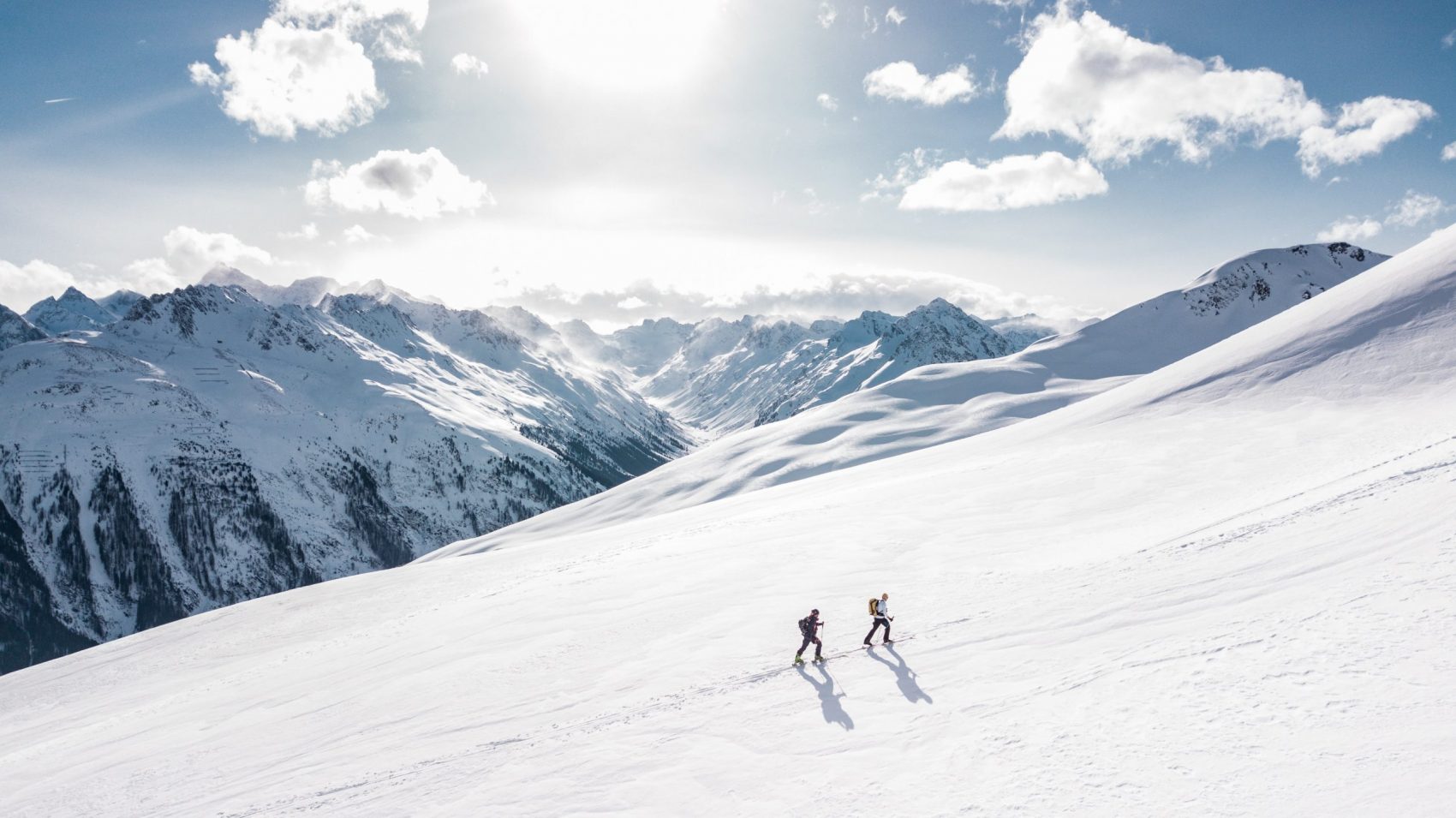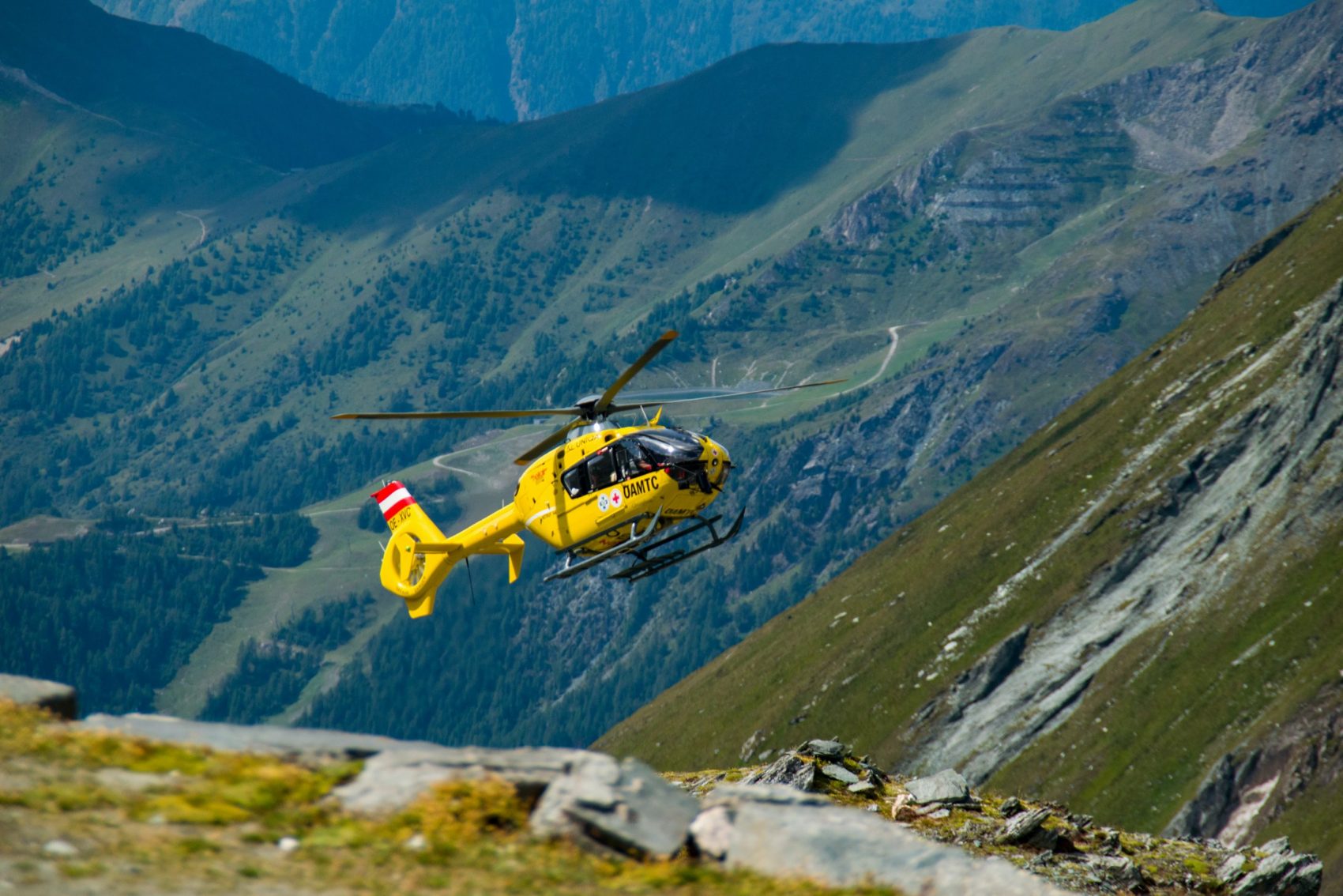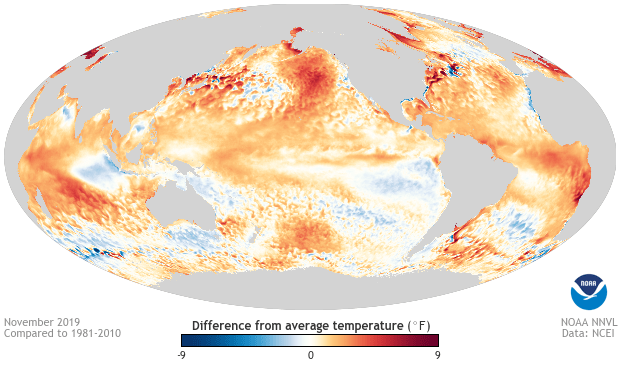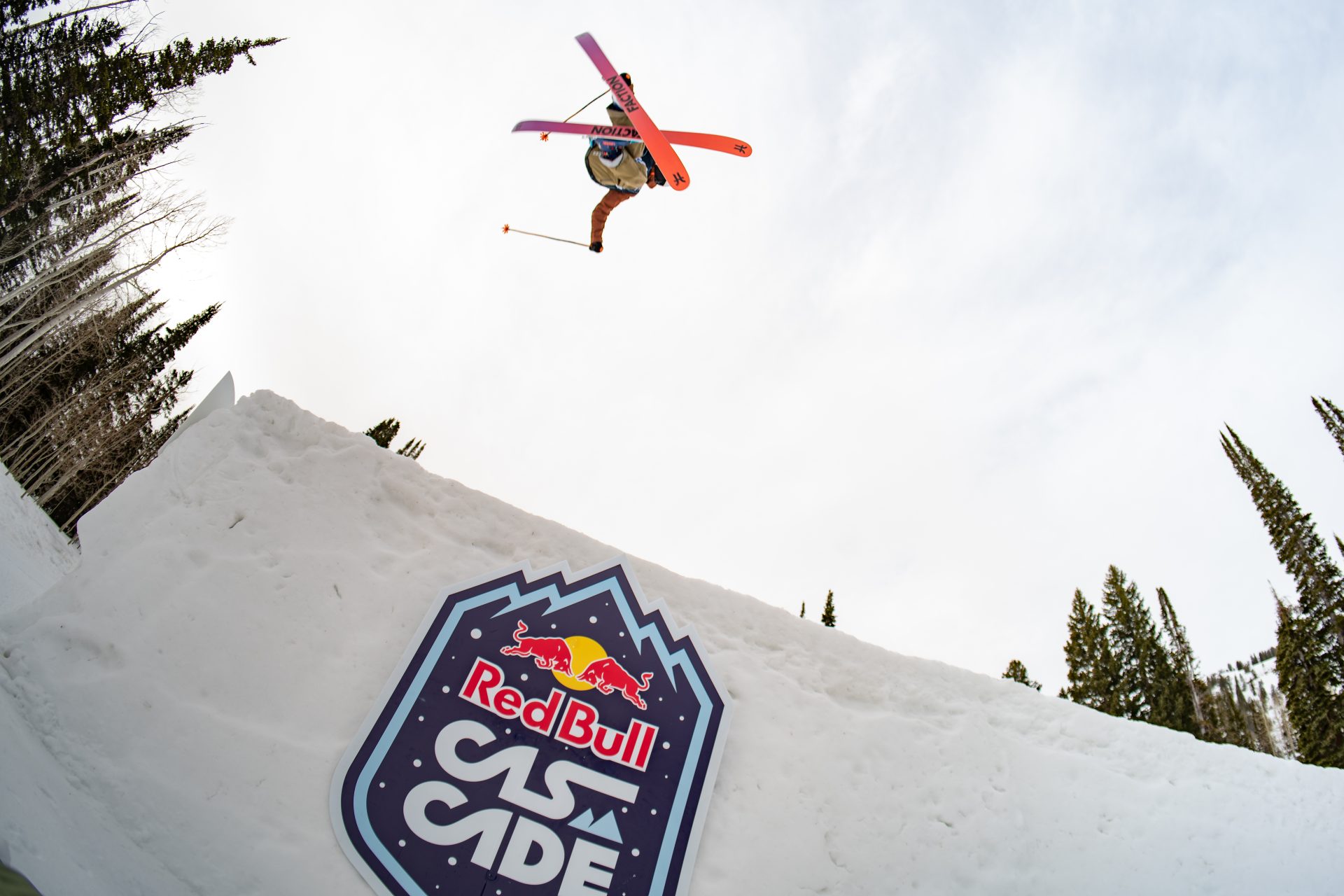
According to the Mayo Clinic high altitude pulmonary edema (HAPE), not to be confused with pneumonia, is caused when the vessels in the lungs constrict, eventually making fluid leak to the lung tissues and into air sacs. Despite how uninviting and scary this sounds, especially to those who play or live in higher elevations it’s quite an important condition to understand.
In simpler terms, HAPE is just a really bad case of acute mountain sickness (AMS) which most of us define as ‘altitude sickness.’ HAPE is one of those conditions that has a few precursors, most of which we don’t know – which includes, but is not limited to sex, genetics, current altitude, and physical exertion. Furthermore, HAPE doesn’t always appear out of nowhere, but can, although it usually starts with AMS, which has signs of headache, irritability, lethargy, occasional vomiting, and general malaise. If nothing is done, high altitude cerebral edema (HACE) sets in, which is considered late-stage AMS. Symptoms can still be very subtle, but also don’t have to be because they can include severe headache, ataxia, and unresponsiveness.

HAPE on the other hand can sometimes be seen as the final stage in altitude sickness. Occurring most frequently at 8,200 feet and above, but also seen at 1,500 feet, athletes and people who are new to higher elevations who get HAPE see signs of cyanosis, bloody sputum, and shortness of breath. The severity can be classified as mild, moderate, or severe. HAPE can be seen as your lungs truly being starved of oxygen. This happens a lot with fast ascent rates.
Descending is first, the rule of thumb is to descend at least 2,000 feet in conjunction with the medication nifedipine (if available) as a way to retrieve more oxygen if a medical facility is not an option. Following the descent evacuating to a hospital is pivotal. A special option, which is usually seen seldom on expensive mountain guided trips is a Gamow Bag. This is essentially a portable hyperbaric chamber that’s pressurized in order to help with your breathing.




